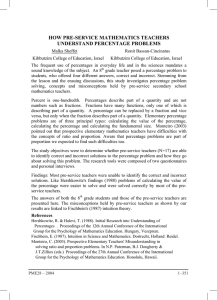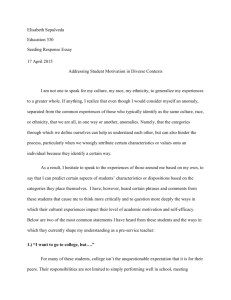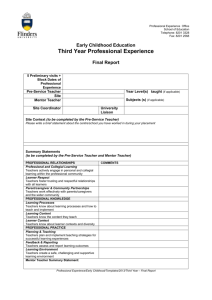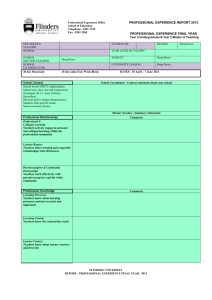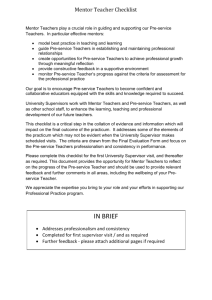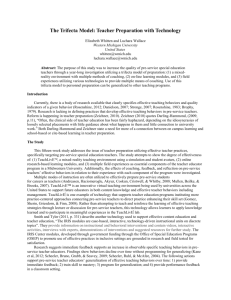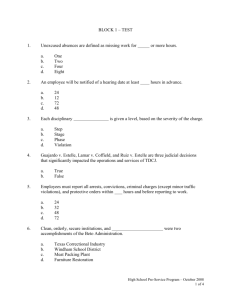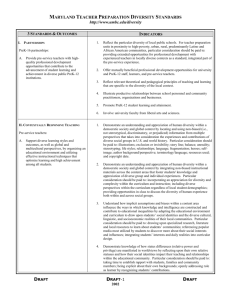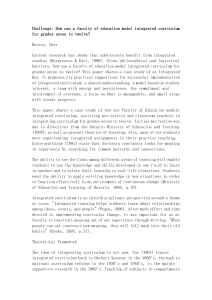One page plan for design
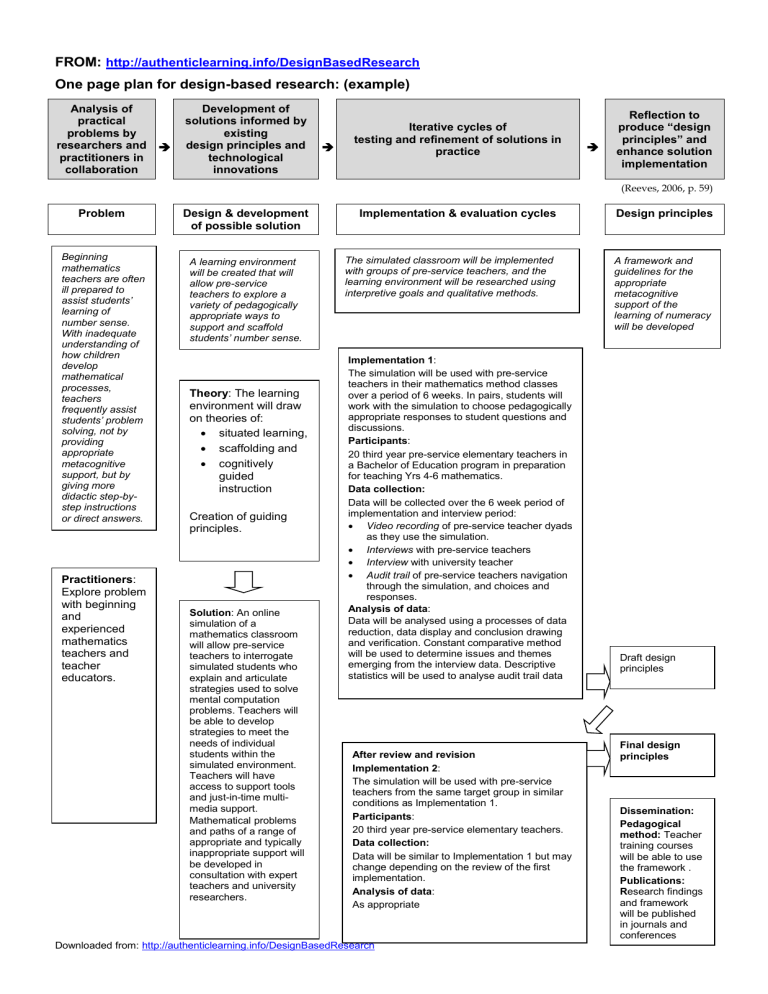
FROM: http://authenticlearning.info/DesignBasedResearch
One page plan for design-based research: (example)
Analysis of practical problems by researchers and practitioners in collaboration
Development of solutions informed by existing design principles and technological innovations
Iterative cycles of testing and refinement of solutions in practice
Problem Design & development of possible solution
Implementation & evaluation cycles
Beginning mathematics teachers are often ill prepared to assist students’ learning of number sense.
With inadequate understanding of how children develop mathematical processes, teachers frequently assist students’ problem solving, not by providing appropriate metacognitive support, but by giving more didactic step-bystep instructions or direct answers.
Practitioners :
Explore problem with beginning and experienced mathematics teachers and teacher educators.
A learning environment will be created that will allow pre-service teachers to explore a variety of pedagogically appropriate ways to support and scaffold students’ number sense.
Theory : The learning environment will draw on theories of:
situated learning,
scaffolding and
cognitively guided instruction
Creation of guiding principles.
The simulated classroom will be implemented with groups of pre-service teachers, and the learning environment will be researched using interpretive goals and qualitative methods.
Implementation 1 :
The simulation will be used with pre-service teachers in their mathematics method classes over a period of 6 weeks. In pairs, students will work with the simulation to choose pedagogically appropriate responses to student questions and discussions.
Participants :
20 third year pre-service elementary teachers in a Bachelor of Education program in preparation for teaching Yrs 4-6 mathematics.
Data collection:
Data will be collected over the 6 week period of implementation and interview period:
Video recording of pre-service teacher dyads as they use the simulation.
Interviews with pre-service teachers
Interview with university teacher
Audit trail of pre-service teachers navigation through the simulation, and choices and responses.
Analysis of data :
Data will be analysed using a processes of data reduction, data display and conclusion drawing and verification. Constant comparative method will be used to determine issues and themes emerging from the interview data. Descriptive statistics will be used to analyse audit trail data
Solution : An online simulation of a mathematics classroom will allow pre-service teachers to interrogate simulated students who explain and articulate strategies used to solve mental computation problems. Teachers will be able to develop strategies to meet the needs of individual students within the simulated environment.
Teachers will have access to support tools and just-in-time multimedia support.
Mathematical problems and paths of a range of appropriate and typically inappropriate support will be developed in consultation with expert teachers and university researchers.
After review and revision
Implementation 2 :
The simulation will be used with pre-service teachers from the same target group in similar conditions as Implementation 1.
Participants :
20 third year pre-service elementary teachers.
Data collection:
Data will be similar to Implementation 1 but may change depending on the review of the first implementation.
Analysis of data :
As appropriate
Downloaded from: http://authenticlearning.info/DesignBasedResearch
Reflection to produce “design principles” and enhance solution implementation
(Reeves, 2006, p. 59)
Design principles
A framework and guidelines for the appropriate metacognitive support of the learning of numeracy will be developed
Draft design principles
Final design principles
Dissemination:
Pedagogical method: Teacher training courses will be able to use the framework .
Publications:
R esearch findings and framework will be published in journals and conferences
Downloaded from: http://authenticlearning.info/DesignBasedResearch
One page plan for design research:
Analysis of practical problems by researchers and practitioners in collaboration
Development of solutions informed by existing design principles and technological innovations
Iterative cycles of testing and refinement of solutions in practice
Problem Design & development of possible solution
Implementation & evaluation cycles
Theory : The learning environment will draw on theories of:
Creation of guiding principles
Solution :
Implementation 1 :
Participants :
Data collection:
.
Analysis of data :
Practitioners :
After review and revision
Implementation 2 :
Participants :
Data collection:
Analysis of data :
Downloaded from: http://authenticlearning.info/DesignBasedResearch
Reflection to produce “design principles” and enhance solution implementation
Design principles
Draft design principles
Final design principles
Dissemination:
Downloaded from: http://authenticlearning.info/DesignBasedResearch
